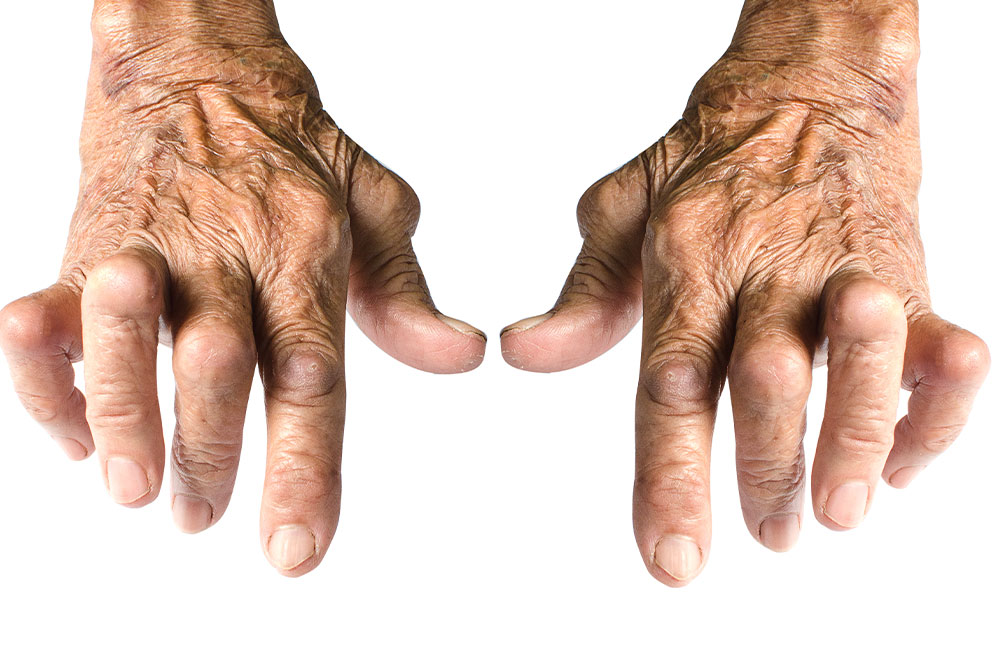Causes and types of hemophilia in children

Hemophilia is a bleeding disorder usually inherited from a parent. Children with the condition cannot stop bleeding because their blood does not have enough of the clotting factor. Two of the common factors that affect blood clotting are factor VIII and factor IX, the lack of which can result in hemophilia. While typically a genetic disorder, hemophilia can manifest in different forms, and the severity of symptoms may differ accordingly. Here is everything to know:
Causes
As hemophilia is an inherited disease, it is typically passed on from parents to children through a gene in the X chromosome. Based on the fact that the females carry two X chromosomes, while males carry X and Y chromosomes, here is how the inheritance works:
– When a female carrier has the hemophilia gene in one of the X chromosomes, there is a 50/0 chance that this chromosome is transferred to the baby when the female conceives. If the gene is passed down to a son, the son will have the disease; however, when the gene is passed down to a daughter, she will be a carrier of the disease.
– Alternatively, when the father has hemophilia, but the mother does not, then a son will not inherit hemophilia disease, but all the daughters will be carriers.
– Despite the fact that it is typically an inherited disorder, one-third of the children with hemophilia do not have a family history of the condition. Researchers believe that this could be because of a new gene flaw found only in individuals with hemophilia.
– Another key factor is that carriers of the hemophilia gene usually have normal levels of the clotting factors; however, they may experience other irregularities such as bruising easily, frequent nosebleeds, heavy menstrual bleeding, and higher bleeding during surgeries or dental work.
So, the causes of hemophilia in children can be categorized as either congenital (present at birth) or acquired.
Types
Here are 3 main forms of this disorder:
Hemophilia A: This type develops when there is a lack of blood clotting factor VIII. According to statistics, 9 out of 10 people with hemophilia have type A, also known as factor VIII deficiency or classic hemophilia.
Hemophilia B: This develops when there is not enough clotting factor IX. Another common term for this type is Christmas disease or factor IX deficiency.
Hemophilia C: When there is a lack of blood clotting factor XI, the condition is called hemophilia C.
Types A and B are inherited diseases, but C is not. Type C also does not cause any severe problems except excessive bleeding following surgery.
Management
The treatment plan is determined by the type of hemophilia. For children diagnosed with the condition, the doctor will recommend a hematologist—an expert in blood disorders—to chart a treatment plan for the child. Some of the other factors that influence the plan involve the age of the child, their overall health and health history, the severity of symptoms, and the ability of the child to undergo treatment procedures. Further, the doctor will take into account how long they expect the condition to last. They may also speak to the caregiver to understand concerns regarding treatment and finally, come up with a suitable management plan. Surgery, blood transfusions, and even self-infused factors VIII and IX may be recommended after a detailed diagnosis and discussion.




